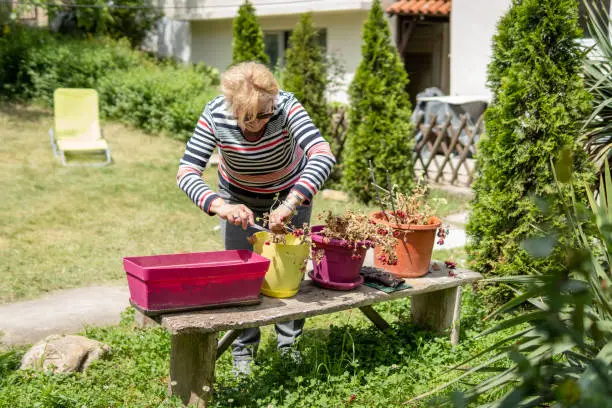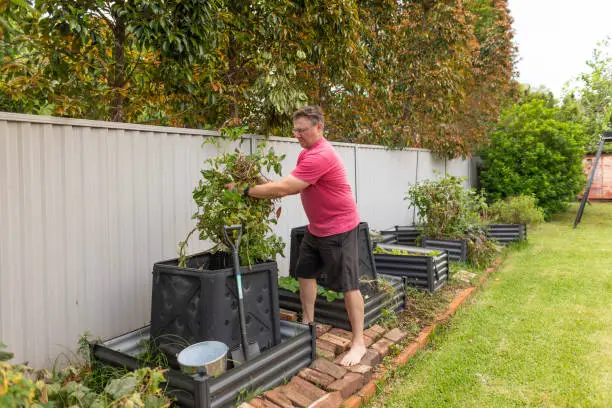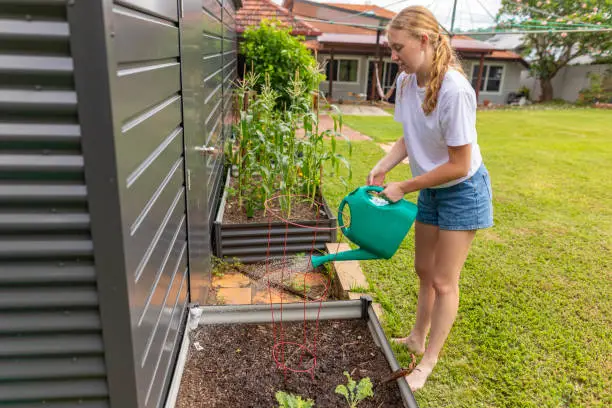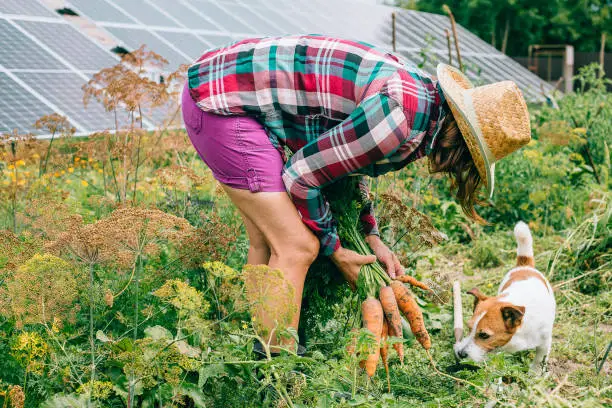Companion Planting for Garden Health: A Deep Dive into Synergistic Gardening
Companion planting combines ecological wisdom with home gardening demands in the thriving realm of backyard homesteading. This intricate dance of plants cultivated together communicates with nature, where every leaf, root, and flower is vital to the garden’s health. Beyond tradition, companion planting shows life’s richness and interdependence and brings permaculture concepts to the homestead garden.

Companion planting is about partnerships. When cultivated together, certain plants can boost each other’s development, discourage pests, and improve soil health, creating a more resilient and productive garden. With years of agricultural experience, this strategy reflects a deep awareness of the natural world, where biodiversity is essential to ecological equilibrium.
Plant relationships—how do they work? The many ways plants interact with their surroundings are the answer. Some friends naturally repel pests. With its bright, cheery flowers, the modest marigold is more than simply a pretty flower. The roots emit a harmful chemical to nematodes, tiny worms that eat garden vegetable roots. Marigolds protect the garden from these invisible pests without pesticides when planted alongside tomatoes.
The aromatic herbs we use to season our food also help the garden defend itself. Basil’s strong scent is delicious and repels flies and mosquitoes. Basil also enhances tomato flavor when planted together, a strange alchemy that boosts garden yield.
Companion planting includes soil management and insect control. Beans and peas have a secret underground. Their roots work with nitrogen-fixing bacteria to capture nitrogen from the air and replenish the soil. Legumes nourish nitrogen-hungry plants like corn, supporting strong development without synthetic inputs.
Allelopathy, or plant chemical interactions, complicates companion planting. Some plants produce compounds that impede nearby competitors. Juglone, found in black walnut trees, can inhibit sensitive plant growth. Designers of a garden that promotes plant development must understand these interconnections.
Besides these apparent benefits, companion planting promotes a diversified garden environment. Plant reproduction and pest management depend on pollinators and beneficial insects, which this diversity attracts. The nectar and pollen of calendula and yarrow attract helpful insects and brighten the garden. In a balanced ecosystem, natural predators control pests, reducing intervention.
Mutual support applies to the garden’s structure. Tall plants like sunflowers shade heat-sensitive understorey plants, while climbing beans employ maize stalks as trellises. This space-efficient design mirrors natural ecosystem layers, maximizing backyard garden productivity.
However, companion planting has drawbacks. Some plant combinations work better than others based on soil type, temperature, and pests. Gardeners must adapt to their environment since what works in one garden may not work in another. Trial and error is part of the journey, a growing communication with the land.
Many traditional companion planting strategies await empirical support in the scientific study of companion planting. Permaculture combines old wisdom and modern science to promote sustainable life.
Through companion planting, backyard homesteaders discover each plant as a teacher and each garden as a classroom. It takes patience and awareness of nature’s routines. The rewards are many, including a crop of fruits and vegetables and a stronger connection to the web of life that nourishes us.
In conclusion, companion planting shows the wisdom of collaborating with nature. It incorporates permaculture ideas like biodiversity, ecological balance, and sustainable practices with backyard homesteading.
Homestead Garden Raised Beds Elevate Harvest
Raised beds reign as vegetable garden champions in backyard homesteading. The elevated soil platform within the wood, stone, or other barriers symbolizes efficiency, productivity, and garden beauty. Because of their drainage, soil quality, and space efficiency, raised beds are essential to permaculture home gardening. They revolutionized gardening, increased production, and simplified management.
A raised bed garden starts with a concept for an area where vegetables can thrive above ground level without the frequent problems of traditional gardens. This idea takes into account sunlight, water, and garden areas. Crafting these beds from untreated wood, cinder blocks, or reused materials fits the permaculture philosophy of sustainable and resourceful living.
Soil, the base of gardening, changes in raised beds. Gardeners can develop a crop-specific growth medium without natural soil quality constraints. Adjustments to compost, peat moss, vermiculite, and garden soil can produce the ideal nutrient, drainage, and pH balance. This tailored soil solution boosts vegetable growth and reduces soil-borne diseases and pests.
Raised beds beautifully manage water, a vital gardening issue. These high plots drain well, preventing waterlogging that can kill sensitive roots. Raised beds’ enclosed nature enables focused watering, decreasing water waste and delivering moisture to plants. This efficiency supports permaculture’s conservation and sustainability principles in water-rich locations.
The ergonomic benefits of raised bed gardening are very persuasive. Elevating the soil surface reduces bending and stooping, making gardening accessible to all ages and abilities. These considerations for human well-being and the ecological benefits of raised beds reflect permaculture’s holistic approach, which views the garden as an extension of the home and caters to the gardener’s physical and mental health.
Raised beds incorporate crop rotation, an ancient agricultural practice. Gardeners can rotate crops yearly by dividing the garden into sections, reducing pest populations and soil nutrient depletion. The convenience of adding soil additives to raised beds and this dynamic planting method ensure a fertile and productive garden over time.
The beds’ physical barriers help manage pests in raised bed plants. An elevated garden can discourage ground-dwelling pests, making row covers and netting easier. The permaculture idea of working with nature to produce a healthy environment supports this integrated pest management technique that reduces chemical pesticide use.
Beyond functional benefits, raised beds add aesthetic flexibility to the backyard homestead. Patterned plots offer functional and attractive garden settings. Raised beds, whether rectangles or elaborate geometric designs, may turn the garden into a landscape element that delights the senses and nurtures the spirit.
However, growing a successful raised bed garden is complex. Material and soil costs are high, and bed construction takes time. The long-term benefits of higher yields, easier garden upkeep, and the satisfaction of establishing a productive and sustainable garden space generally outweigh these restrictions.
Raised beds can be used for square-foot gardening or intensive companion crop planting, demonstrating backyard homesteaders’ versatility and inventiveness. Permaculture emphasizes resource conservation and biodiversity in the garden ecosystem through adaptability.
Backyard homesteaders follow an ancient and new path in raised bed gardening. It starts with the practical challenges of growing food in small areas and matures into a complex permaculture system that cares for the planet, people, and abundance. Raised beds’ simplicity and efficacy show the gardener’s creativity, making gardening an art that nurtures the body and soul.






Leave a Reply